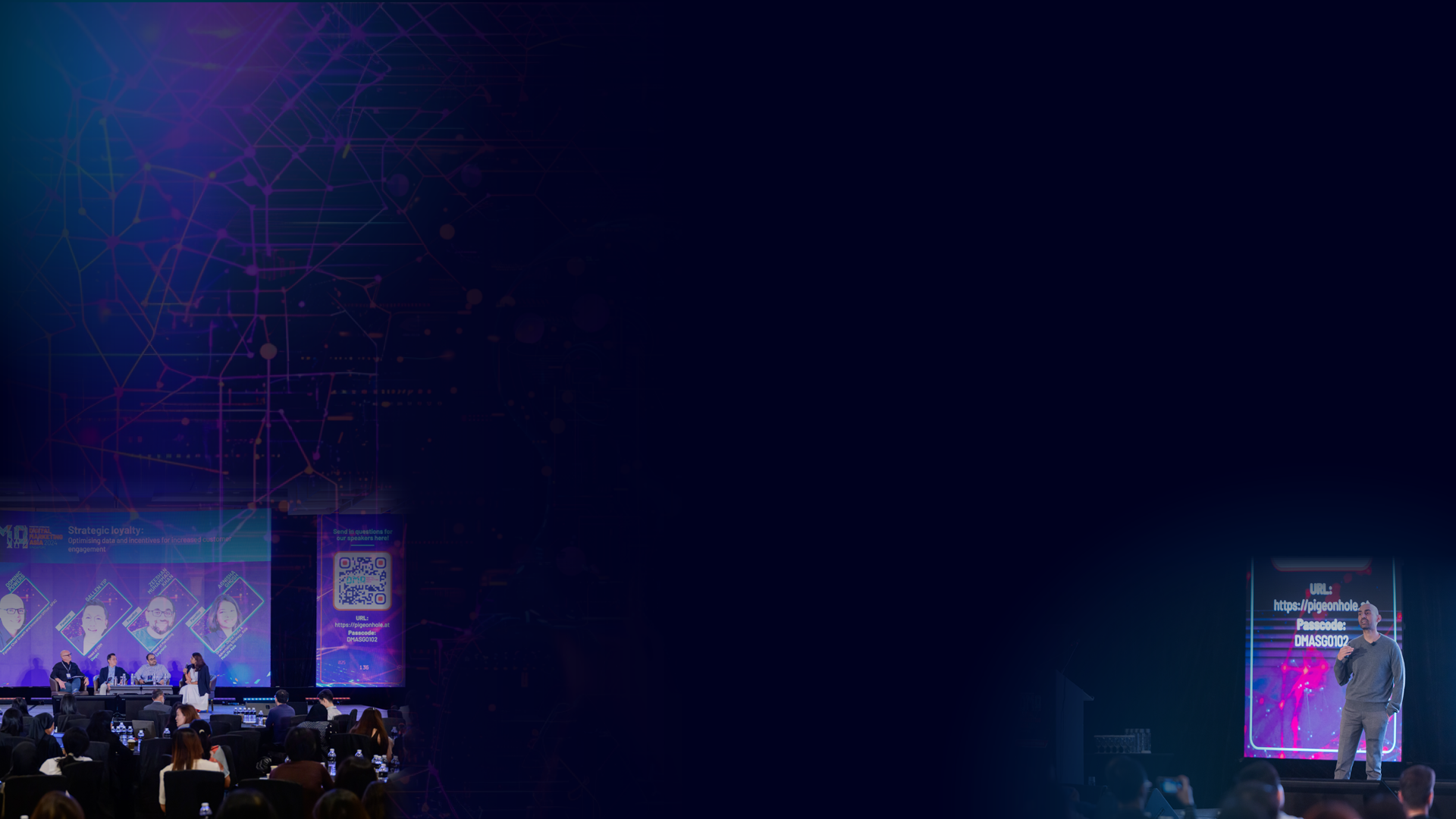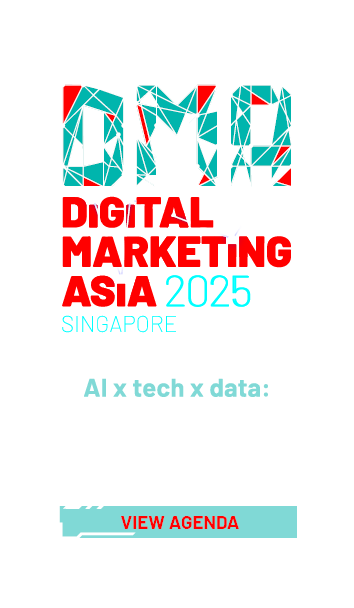



How Moët Hennessy mixes heritage with hustle to stay on top
share on
In the luxury sector, moving beyond mere product ownership is essential. True brand desirability stems not only from superior quality or technical features, but is carefully built on exclusivity, heritage, craftsmanship, and - above all - forging a deep emotional connection with the consumer.
This philosophy is embodied by Patrick Madendjian (pictured), managing director for North Asia at Moët Hennessy, who views the P&L as an outcome rather than a driver. "The P&L is a consequence at the end of the day, with brand desirability and marketing at the core of the business," he stated in an interview with MARKETING-INTERACTIVE.
A veteran of the LVMH wines and spirits division since 2008, Madendjian's background as a former CMO shapes his philosophy. He maintains that his past experiences ensure brand desirability and the consumer remains the absolute heart of the maison's strategy—a focus that ultimately leads to strong financial results.
Balancing brand DNA and localisation
Guided by the belief that exceptional marketing is key to building desirability, Moët Hennessy has launched numerous campaigns to engage audiences. In Hong Kong, its cognac brand Hennessy recently partnered with Draft Land, a cocktails-on-tap provider from the city and Taiwan, to transform Central Market - an 85-year-old wet market - into Hennessy Mart, a summertime cocktail playground featuring four exclusive cocktails crafted with Hennessy V.S.O.P.

By choosing a brand with modern Chinese roots that transforms how people experience and enjoy cocktails, Moët Hennessy caters to younger consumers seeking casual social opportunities that transition seamlessly from day to night, all while capturing the essence of the brand and ensuring it remains locally relevant, said Rola Lin, marketing director, Moët Hennessy Brands, Moët Hennessy Diageo Hong Kong during the interview. She added:
We also want to bring that into the repertoire of Gen Z and Millennial consumers as they go back and rediscover Happy Hour post-COVID.
As part of Moët Hennessy’s business, it’s not just about luxury; it also involves consumption habits. Therefore, the brand is dedicated to ensuring that its food and beverage (F&B) partners can tell stories that align with the brand’s DNA while connecting with local consumers and keeping it relevant for the next generation, according to Lin.
While the initiative modernised a significant icon in Hong Kong, it aligns with Moët Hennessy’s history of over 200 years, stemming from the 1971 merger of champagne producer Moët & Chandon, founded in 1743, and cognac producer Hennessy, founded in 1765. This commitment to reinvention and staying relevant to consumers is evident in how Hennessy has been part of over 50 years of hip-hop and Chinese festive occasions, she said.
We are a historic maison with over 200 years of history, but we're never worried about being a stuffy brand.
Available from 27 June to 4 July, the three-week initiative was extended to related cocktails and promotions in Draft Land’s Hong Kong stores throughout July. By the first weekend, over 100 cocktails were sold, according to Lin. She added that the partnership helps build Moët Hennessy’s desirability among the right consumers while profits continue to flow.
Is Gen Z too early to engage with luxury and heritage?
Although the campaign targeted a younger demographic, engaging Gen Z with luxury heritage brands presents a nuanced challenge. Data from the International Wine and Spirits Research (IWSR) shows alcohol consumption among Gen Z has risen from 66% to 73% in just two years, indicating their growing interest in alcoholic beverages.
However, according to Madendjian, while marketers are highly focused on this demographic, Gen Z may not yet be the primary audience for a luxury group like Moët Hennessy.
“Gen Zs are drinking as much as everyone else, but they don’t have the money to spend like the generation before them. It’s normal; they’re still too young. Give them some time, and they will be just as interesting a consumer target as everyone else,” he said.
Let them grow up, let them have the money, let them go through the journey as well, because you cannot just enter luxury; you grow into luxury.
In the meantime, the brand must continue to cater to its core audience of older, wealthier generations. For Madendjian, the crucial lesson is for brands to stay true to their core identity and avoid chasing transient trends, especially on complex identity topics that may seem popular today but become problematic tomorrow.
Using Moët Hennessy's sub-brand Hennessy as an example, he pointed to its 250-year history of inclusion, notably its long-standing presence in Asia. “We've been in Asia for hundreds of years. We don't need to announce that we're ‘waking up to Asia’ today. The strategy is to go back to the basics: celebrate what makes Asia amazing and how Hennessy has been part of that culture,” he said.
Balancing channels for brand engagement
This firm belief in brand DNA is brought to life through significant investment. When considering how to capture attention, Lin acknowledged the importance of short-form digital content but argues that true retention comes from repeated, prolonged exposure.
“If we're certain our brands are being seen in the right places and truly understood, then we need to find a balance,” she said. To build desirability and ensure consumers spend more time with an ad, Moët Hennessy utilises a strategic mix of channels to foster a deeper emotional connection.
And if we're certain that our brands are being seen in the right places and truly understood, then we need to find a balance.
“For example, if I want to ensure that the right target in Hong Kong sees Hennessy, I will pick a couple of hot spots out of home (OOH) for visibility. This way, as they travel to and from work, they feel that Hennessy is everywhere. They think, ‘I've seen this, I've seen this,’ piecing together the story, which sparks their interest and curiosity to invest more time to investigate, look it up, scan the QR code, find out more, and try it in the shop because they’ve seen it,” she said.
Meanwhile, during the mid-funnel conversion phase, especially around festivities such as Chinese New Year, when people are likely to buy a bottle for their parents or a banquet, Hennessy concentrates on retail promotions and visibility, as well as social to commerce. This strategy ensures that consumers are frequently reminded to pick up a bottle, said Lin.
“It’s also about the occasion and our objective in choosing the right media channel. I don’t think that OOH or television is necessarily dead. It’s about what you want to achieve for the brand and the story you want to tell,” she added.
Take your brand to new heights with cutting-edge AI strategies, innovative technology, and data-powered experiences. Don’t miss Digital Marketing Asia 2025 in Hong Kong on 20-21 October, where 200+ marketing leaders will explore game-changing trends, proven successes, and bold ideas shaping the future.
Related articles:
Moët Hennessy names new managing director for North Asia
Hennessy taps into Asia with first flagship store in Shanghai
Hennessy V.S.O.P and Jackson Wang take consumers on an immersive journey
share on
Free newsletter
Get the daily lowdown on Asia's top marketing stories.
We break down the big and messy topics of the day so you're updated on the most important developments in Asia's marketing development – for free.
subscribe now open in new window
